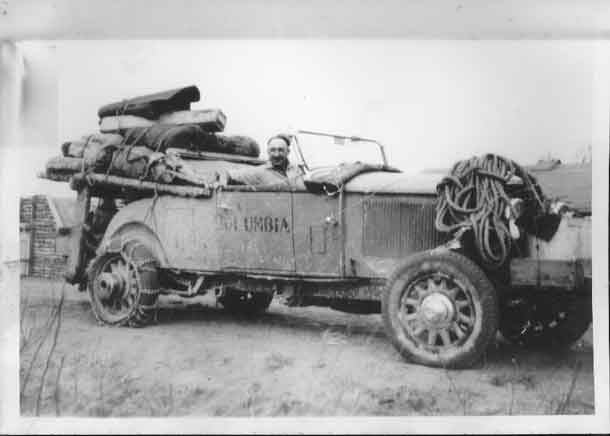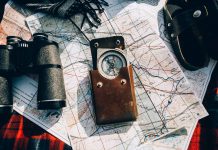

GREENSTONE – The last link in the first Trans-Canada Highway was finished in this region in 1943. Finally, motorists could drive Highway 11 between Geraldton and Hearst. Many stories are associated with blazing the first highway across Canada.
On September 4, 1930, Healy F. Needham left Halifax in an attempt to blaze an all-Canadian road across Canada to Vancouver. He was aware that there was no east-west road across Northern Ontario. Needham christened his car the Nova-Columbia (from Nova Scotia to British Columbia).
He was driving a 1931 McLaughlin-Buick straight-eight equipped with special rear-wheel hubs to winch himself out of difficulties. In a few days he had reached Hearst, the end of the Ferguson Highway from North Bay. Then he took to the bush, paralleling the northern line of the CNR. Perhaps it was the obstacles he encountered in the few days that persuaded him he needed a partner. From Hearst he picked up Gus McManus as mechanic.
The terrain was all bush to the Manitoba border. There were no roads beyond Nipigon.
Needham and McManus were truly bushwhacking, refusing to use the rail bed. They reached Nakina on December 11 and were feted by the whole community. By this time, the four fenders had pretty much been cut away. The pair proceeded west. At Mud River (the Pikitigushi), Needham injured himself, abandoned the trip, and on January 24, 1931, took the train east for medical treatment. McManus sent for a Hearst citizen, Charles McKenzie.
On February 17, McManus and McKenzie (who was driving) now struck off south, attaining the ice of Lake Nipigon. They had replaced the front wheels with skis. For much of this trip, they received the assistance of Paddy McGuire, an HBC man from Nipigon House.
On April 1 the trio arrived in Macdiarmid, a fishing village served by the railway. They left April 7, heading westerly for South Bay, aiming for the railbed of the long-abandoned tramway that connected the Nipigon River with Lake Nipigon. Now began the greatest ordeals of the trip.
On May 14 they arrived at Hydro, as the townsite of the Cameron Falls Generating Station was called. It was a 12-mile run to Nipigon on a reasonable road. The following day they drove to the Lakehead (Port Arthur and Fort William). They faced another long stretch of undeveloped wilderness before they could reach Winnipeg. At that point, the pioneer motorists and their magnificent machine fade from history.
People can be traced, and research is underway. But that 1931 McLaughlin-Buick, in which pile of brush in Thunder Bay region is it quietly rusting away?
The 75th Anniversary of the completion of the first Trans-Canada Highway comes in 2018. Greenstone Historical Society has already applied for an historical plaque. Every community in the Highway 11 corridor between North Bay and Thunder Bay is encouraged to organize celebrations. Regional historian Edgar Lavoie will have displays at the Vanderwees Xmas Craft Market, Saturday, November 26, and at the December Dreams market at the Coliseum, December 3 and 4. Pick up information and browse maps and photos.
The photo shows the car when it arrived at Cameron Falls. Note the missing fenders and running boards, the ragtop, the heavy rope for winching, and the special rear-wheel hubs. Photo courtesy of Nipigon Museum.





